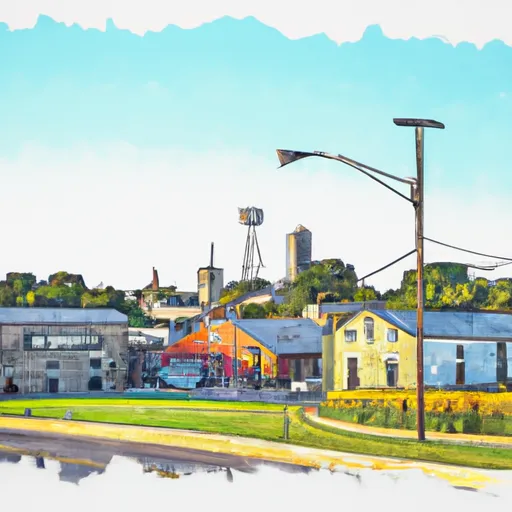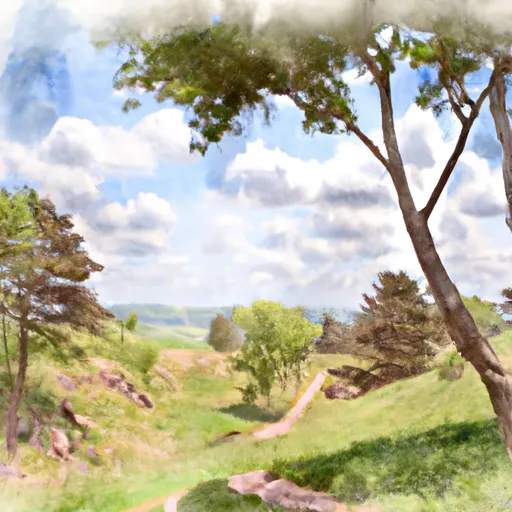°F
°F
mph
Windspeed
%
Humidity











Irwin, Iowa is a small town located in Shelby County, in the western part of the state. The town experiences a humid continental climate, characterized by hot summers and cold winters. Average high temperatures in summer range from the upper 80s to low 90s Fahrenheit, while winter temperatures can drop below freezing, occasionally reaching single digits. Precipitation is fairly evenly distributed throughout the year, with an average of around 30 inches annually.
Hydrologically, Irwin is situated near the Boyer River, which flows through the southern part of the town. The river provides opportunities for fishing, canoeing, and other water-based activities. Additionally, there are several small lakes and ponds in the area that offer recreational fishing.
Outdoor enthusiasts in Irwin can explore a variety of recreational opportunities. The area is known for its scenic rural landscapes, making it ideal for hiking, biking, and bird-watching. The nearby Holly Springs State Forest provides a great destination for camping, picnicking, and nature photography. Additionally, there are multiple golf courses in the region for those interested in the sport. Overall, Irwin offers a tranquil setting for nature lovers and outdoor enthusiasts to enjoy the beauty of Iowa's countryside.
Weather Forecast
Irwin receives approximately 842mm of rain per year, with humidity levels near 84% and air temperatures averaging around 9°C. Irwin has a plant hardyness factor of 5, meaning plants and agriculture in this region thrive during a short period during spring and early summer. Most plants will die off during the colder winter months.
Regional Streamflow Levels
165
Cubic Feet Per Second
24,000
Cubic Feet Per Second
149
Cubic Feet Per Second
55
Cubic Feet Per Second
Nearby Camping
| Camping Area | Reservations | Toilets | Showers |
|---|---|---|---|
| Pierce Creek Rec Area | |||
| Sunnyside Park Campground | |||
| Cocklin Fish Farm | |||
| Lyons Park | |||
| Cold Spring Park | |||
| Viking Lake State Park |



